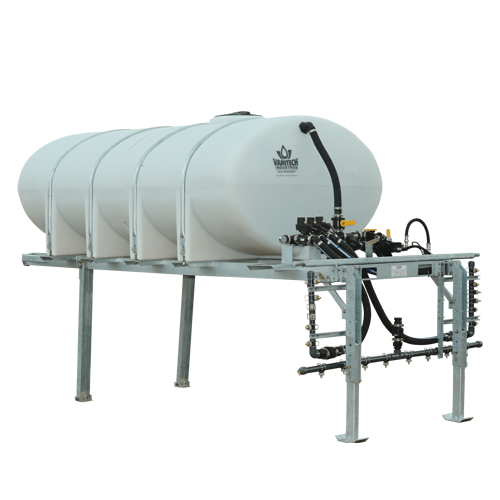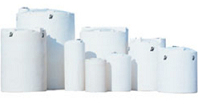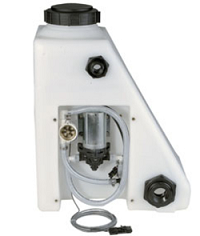Another benefit of salt brine is that it can be easily blended with other additives to create simple and safe anti-ice treatment to further increase the prevention of ice bonding to roadways. Common additives include calcium chloride, sodium chloride, magnesium chloride and sometimes corrosion inhibitors, anti-foaming agents, and pavement adhesion/viscosity additives.
The practice of blending evolved from the desire to improve the performance of liquid deicing products at different pavement temperatures. Since all de-icing chemicals have individual properties and freeze points, blending them together can result in a mixture with the best attributes of each product. Choosing chemicals that are compatible and blending them precisely can create liquid blends perfect for tackling any winter weather extremities.
In addition to chemicals, some of the best brines are made from more environmentally friendly products. Byproducts left over from industrial food processes have gained popularity in fighting snow and ice. These byproducts include sugar beets, pickle juice, wine, cheese brine, syrups, molasses and more. The blend of food byproducts and chemicals can results in a perfect mix for icy conditions.
Benefits
Proper blending provides an improved liquid solution for keeping roads clear at all temperatures with added cost-savings and environmental benefits.
- Reduce total granular salt usage
- Reduce environmental impact
- Reduce pavement and structure corrosion
- Initiate faster melting rate
- Reduce scatter and waste











